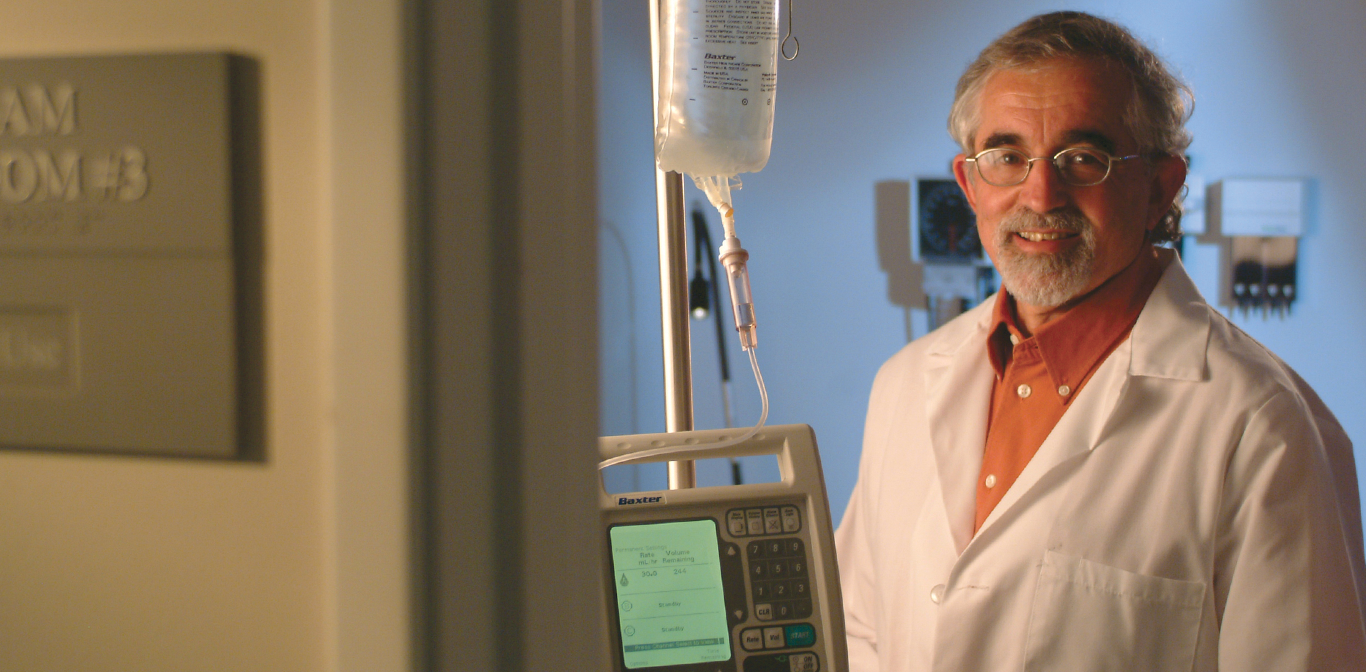LA BioMed Study Seeks to Improve Diabetic Eye Health

Researchers find Divergent Views on Barriers to Diabetic Retinopathy Screening
LOS ANGELES – (Oct. 10, 2016) – While diabetes is the most common cause of blindness in the working-age population in the U.S., only about 55% of lower income adults living with the disease undergo the retinal screening needed to detect and help prevent blindness.
A new study from LA BioMed published online in the journal, Preventing Chronic Disease, sought to improve diabetic eye health by examining the barriers to retinal screening among lower income minority patients and health care providers’ perceptions of those barriers. The researchers, for the first time, surveyed both patients and health care providers and found the patients and the health care providers had markedly divergent perceptions of the barriers to diabetic retinopathy screening.
They surveyed of 101 low-income, mostly African American and Latino patients and 44 health care providers in a safety net clinic. The patients most often reported financial burden and depression as barriers to diabetic retinopathy screening, while providers and staffers deemed these obstacles as less important than other barriers.
There was no direct out-of-pocket expense for diabetic retinopathy screening at the safety-net health center where the study was conducted. The researchers said this may explain why providers and staffers did not think financial burden was a barrier. But the researchers also noted that patients faced a financial burden when they had to take uncompensated time away from work for their medical appointments.
“The study shows that we cannot rely on our own perceptions as providers to know what the key barriers are that interfere with patients’ ability to get retinal screening and other procedures done,” said Eli Ipp, MD, an LA BioMed researcher and corresponding author for the study. “If we wish to improve retinal screening rates in low-income, minority patients who attend safety net clinics, we need to engage patients to determine what their perceptions are of what constitutes a barrier to care.”
The researchers noted that they anticipated many of the barriers that the patients cited but not the difference in the barriers cited by patients and those cited by health care providers and staff. They noted that this lack of agreement indicates the “need for more effective patient–provider communication and for patient feedback on health care delivery systems.”
In addition, the researchers said that increasing knowledge of the importance of diabetic retinopathy screening might help increase screening and lead to better diabetes management, both of which can prevent blindness.
Overall, the researchers said their study highlights the importance of engaging both minority patient communities and their health care providers in efforts to increase diabetic retinopathy screening rates and to prevent blindness. Other researchers participating in the study were: Yang Lu, Lilian Serpas, Pauline Genter and Betty Anderson of LA BioMed, and David Campa, Los Angeles County Department of Health Services, Hubert H. Humphrey Comprehensive Health Center, Los Angeles, California. Funding was provided by the California Community Foundation.
